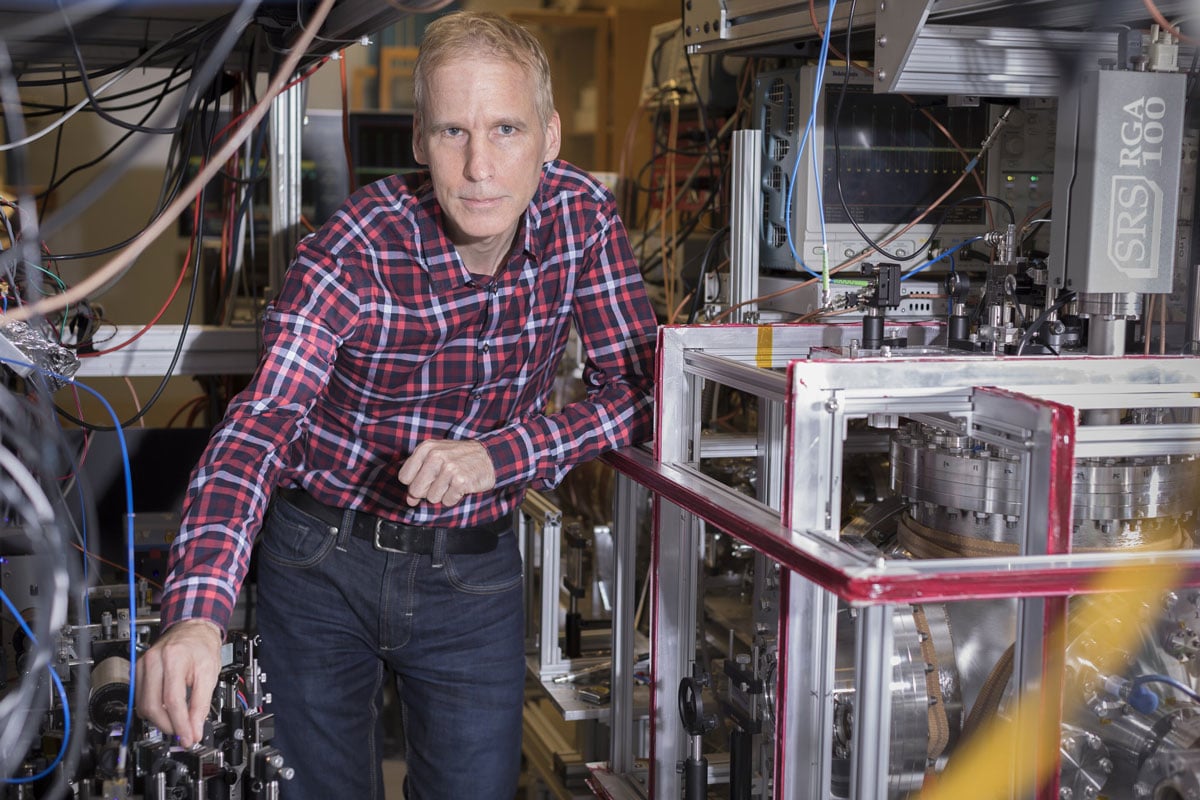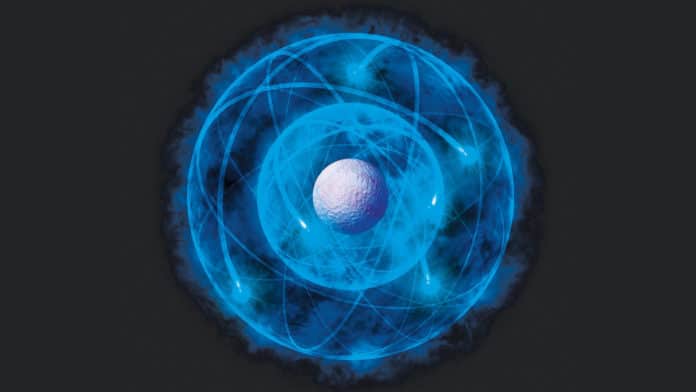The discrepancy between the proton size deduced from the Lamb shift in muonic hydrogen and the average textbook value based on regular (electronic) hydrogen has puzzled physicists for nearly a decade. Now, scientists at the University of York have taken a step forward toward solving this mystery. They have made a precise measurement of the size of the proton.
Until 2010, scientists thought they knew the size of a proton. This changed after a team of physicists measured the proton-radius value to be four percent smaller than expected, which confused the scientific community.
From that point forward, the world’s physicists have been scrambling to determine the proton-radius puzzle- the inconsistency between these two proton-radius values. This puzzle is a significant unsolved issue in fundamental physics today.
In a new study, scientists measured the size of the proton at 0.833 femtometres, which is just under one trillionth of a millimeter. This measurement is approximately five percent smaller than the previously accepted radius value from before 2010.

The study presents another electron-based estimation of how far the proton’s sure charge expands, and it affirms the 2010 finding that the proton is smaller than recently accepted.
Distinguished Research Professor Eric Hessels, Department of Physics & Astronomy, who led the study, said, “The level of precision required to determine the proton size made this the most difficult measurement our laboratory has ever attempted.”
“After eight years of working on this experiment, we are pleased to record such a high-precision measurement that helps to solve the elusive proton-radius puzzle.”
“Three previous studies were pivotal in attempting to resolve the discrepancy between electron-based and muon-based determinations of the proton size.”
Scientists studied atomic hydrogen to understand the deviant value obtained from muonic hydrogen. They directed a high-precision measurement utilizing the frequency-offset separated oscillatory fields (FOSOF) technique, which they developed for this estimation. This technique is a modification of the separated oscillatory field techniques that have been around for just about 70 years and won Norman F. Ramsey a Nobel Prize.
Their estimation utilized a fast beam of hydrogen atoms created by passing protons through a molecular hydrogen gas target. The method enabled them to make an electron-based estimation of the proton radius that is straightforwardly analogous to the muon-based estimation from the 2010 investigation. Their outcome concurs with the smaller value found in the 2010 examination.
The study is published in the journal Science.
